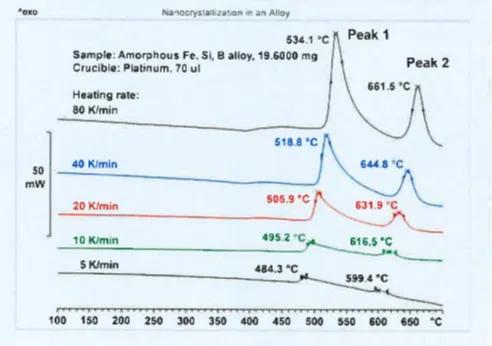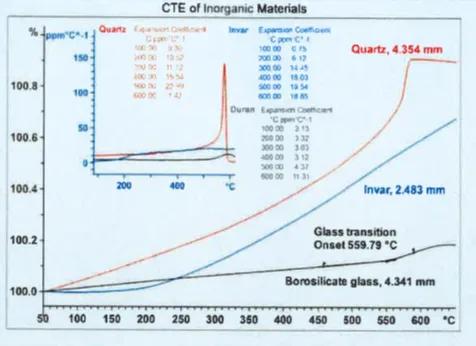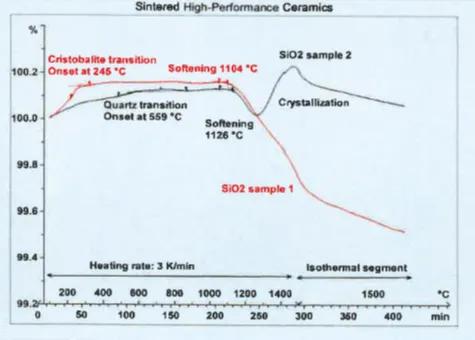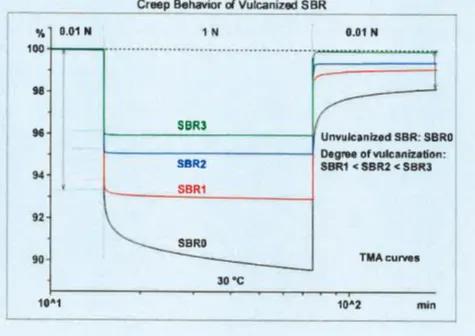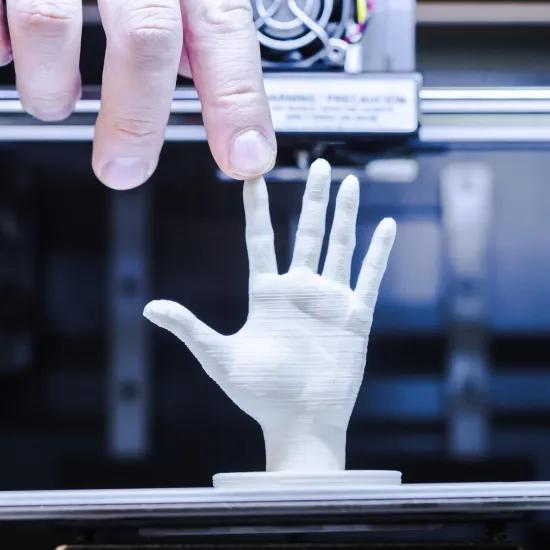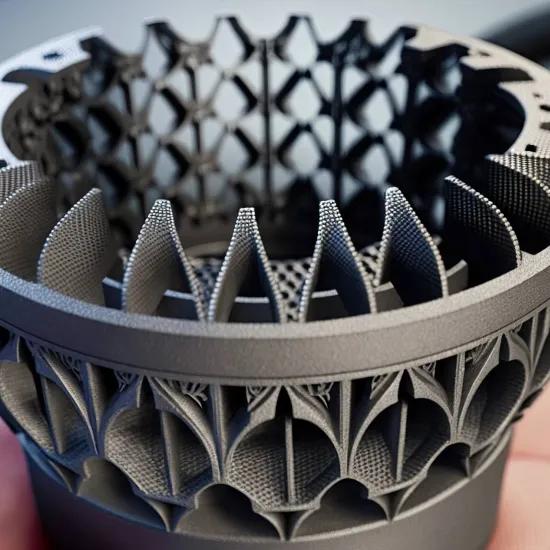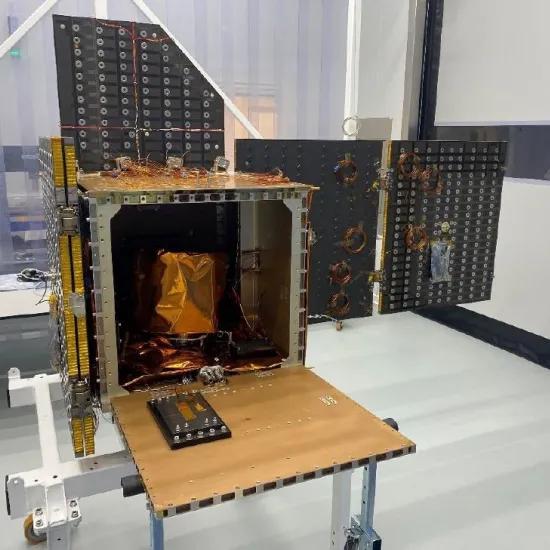Recently, the Additive Manufacturing department at Sirris acquired, with financial support of the Feder IAWATHA framework, new equipment for thermal and mechanical analysis and characterisation of materials such as plastics, metals, ceramics, glass, gels, (thin) films, chemicals, food, pharmaceuticals, and even liquids can be used to some extent.
Two groups of laboratory techniques are available:
- Thermal analysis (DSC 3+ and FDSC 2+): highlights the temperature at which changes of state and phase transitions take place in a material at a large range of heating and cooling rates.
- Thermo (dynamic) mechanical analysis (TMA 2 and DMA 861): measures the physical or chemical properties of a material as a function of temperature, time, force and frequency.
Both techniques can be used to characterise materials, develop manufacturing processes, optimise the composition of a material or achieve specific material properties.
These four instruments are considered to be complementary and can bring solutions to:
- various industrial problems related to the processability of a material
- the optimisation of a manufacturing chain
- the use of a material in certain conditions
In addition, the mechanical characterisation of materials can be performed under a much wider range of conditions than in a traditional mechanical test at room temperature, allowing materials and processing to be better matched to an application. Furthermore, analytical methodologies can be defined on these instruments to perform recurrent quality control of production runs.
The new equipment will allow Sirris, and in particular the Additive Manufacturing team, to develop new skills in research and to widen its services and commercial activities.
Examples of thermal and mechanical analysis and characterisations
Nanocrystallization of an amorphous metal alloy during rapid cooling
The diagram shows curves measured at different heating rates and shows an exothermic peak due to the formation of nano-crystallites which moves to higher T when the heating rate is increased.
It provides information on the activation energy and the kinetics of the crystallization.
Influence of the cross-linking agent content
Each DSC curve shows an exothermic peak proportional to the heat generated during polymerisation. When the cross-linking agent concentration increases, the polymerization temperature decreases.
It facilitates optimisation of the production process (choice of reagents, concentration, reaction temperature).
Determination of the coefficient of linear thermal expansion (CTE)
Diagram for measuring the coefficient of linear thermal expansion of three materials: glass, nickel iron alloy and quartz crystal.
Determination of phase transitions
Analysis of the transition mode of a sintered ceramic, which allows to verify that the heating of the material is not too fast and at which temperature cracks are likely to appear in the part.
This facilitates the adjustment of the heating ramp during sintering.
Creep measurement
Measurement of the creep behaviour of an SBR (rubber) seal.
Determination of the risk of delamination of printed circuit boards (composite materials)
The variation of the slope at 93° and 122 °C corresponds to the deterioration of the composite resin and gives the temperature to avoid the risk of delamination of the composite.
If you require any further information, please contact us!
